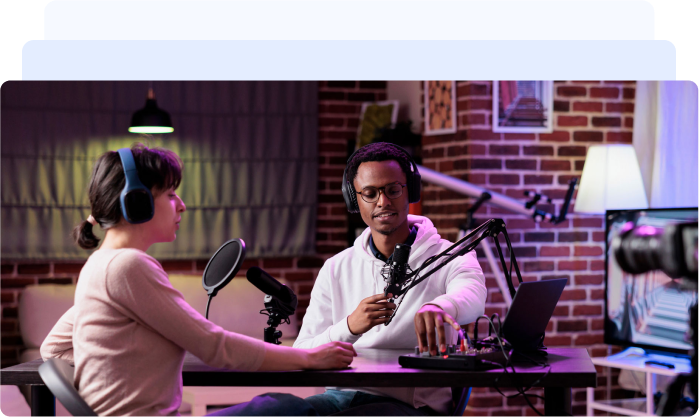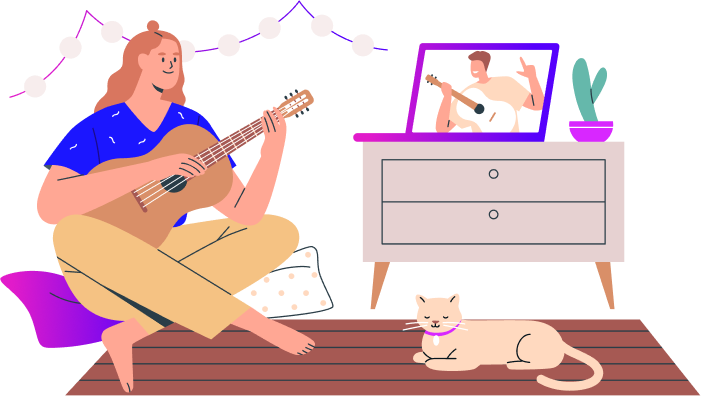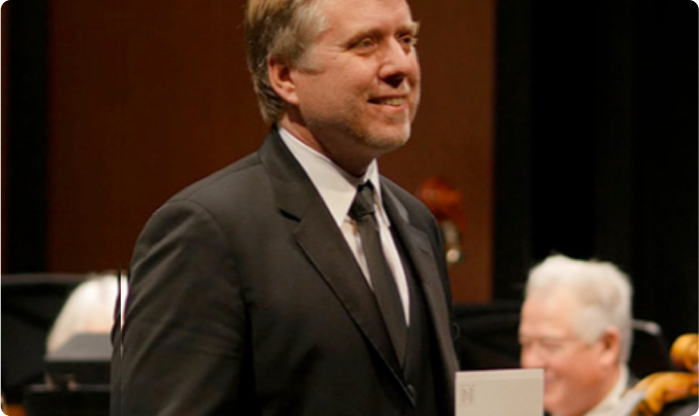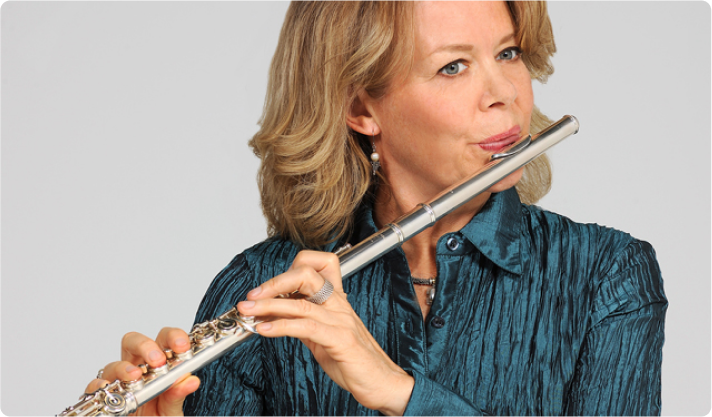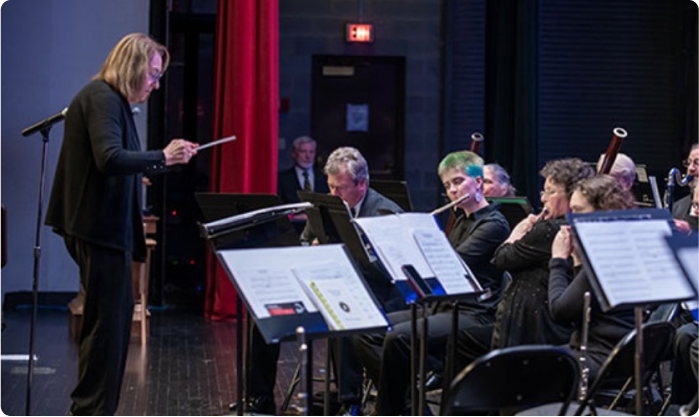6 Examples of Music Technology
Carlos Maldonado
Entrepreneur and pioneer of the use of the Internet in education. Direct experience in designing, authoring, developing, publishing, and distributing world-class courses, training programs, and educational services used in hundreds of colleges and universities in the USA.

Enhancing Music Education through Technology
Discover 6 examples of music technology and how they're transforming education with virtual instruments and music production software, such as GarageBand, Ableton Live, and FL Studio, provide students with the opportunity to explore and create music in a digital environment. These platforms offer a wide range of virtual instruments, effects, and recording tools, allowing students to compose, arrange, and produce their own music from the comfort of their homes.

Virtual Instruments and Music Production Software:
Students appreciate feedback that is specific to them and their work. It is important to provide feedback that specifically refers to and responds to what students submitted rather than using only comments copied and pasted from a feedback bank that could generally apply to any student.
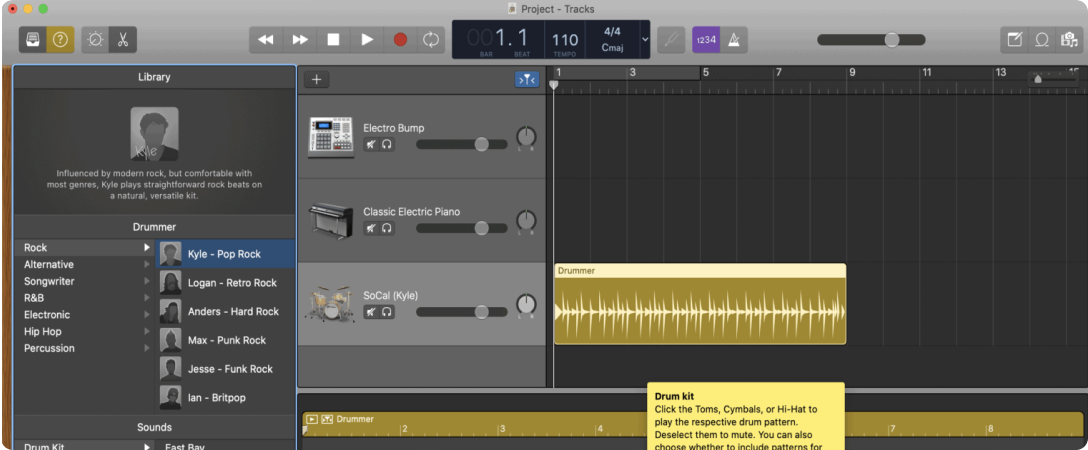

Online Music Theory Platforms:
Music theory is a fundamental aspect of music education, and online platforms dedicated to teaching music theory have become invaluable resources for both students and teachers. Platforms like OnMusic Companion offer interactive lessons, exercises, and quizzes covering various music theory topics, including notation, scales, chords, and ear training. This platform provides a structured approach to learning music theory and allows students to receive.


Online Collaboration Tools:
Online collaboration tools enable students to collaborate with their peers and instructors in real time, regardless of geographical location. Platforms like C4EStudio, JackTrip, Soundtrap and BandLab allow students to create and collaborate on music projects remotely, facilitating group composition, recording, and mixing in a virtual studio environment.
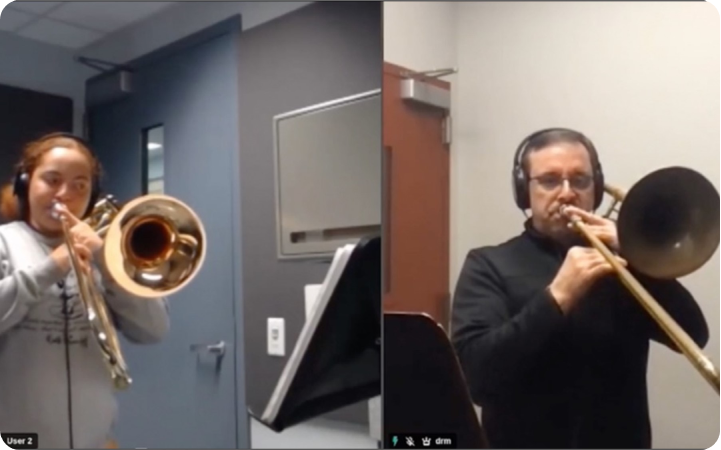

Virtual Music Ensembles & Performances:
Virtual music ensembles and performances enable students to participate in group rehearsals and performances virtually. Platforms like C4EStudio, JamKazam and Jamulus offer low-latency audio streaming, allowing musicians to play together in sync over the internet. Virtual ensemble projects provide students with the opportunity to rehearse and perform repertoire collaboratively, fostering a sense of community and camaraderie in the online music classroom.
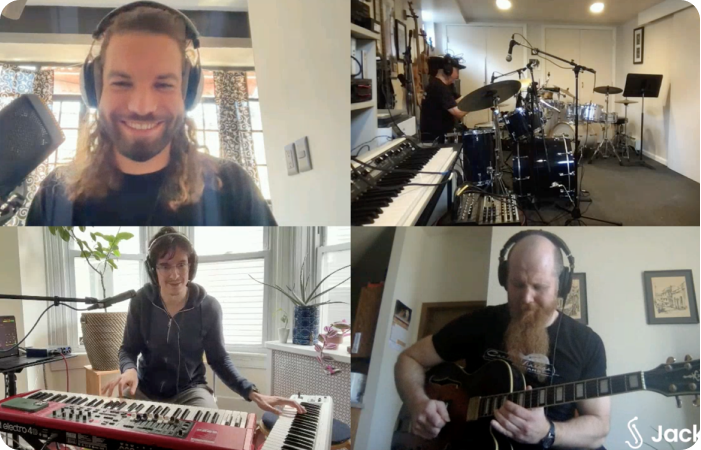

Interactive Music Learning Platforms:
Interactive music learning platforms, such as OnMusic Companion, SmartMusic and Yousician, offer music instruction tailored to individual students' needs and skill levels. These platforms provide interactive exercises, feedback, and progress tracking, helping students develop their musical skills at their own pace. With features like adaptive learning algorithms and gamified lessons, interactive music learning platforms make music education engaging and accessible for students of all ages and abilities.
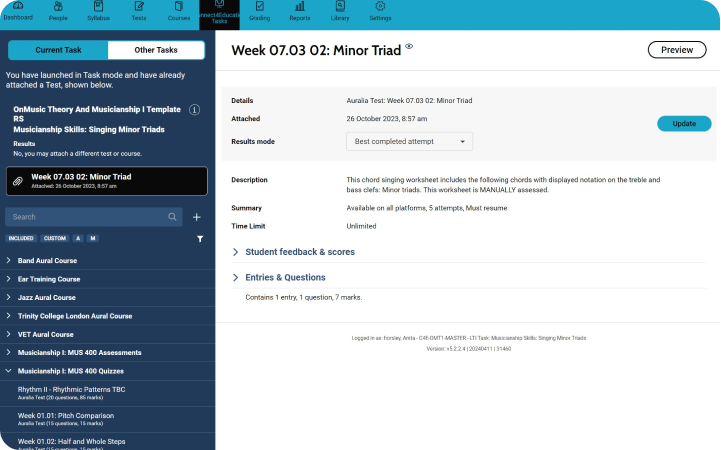

Digital Music Libraries and Resources:
Digital music libraries and resources provide students with access to a wealth of sheet music, audio recordings, instructional videos, and educational materials online. Platforms like OnMusic Companion, IMSLP (International Music Score Library Project) and YouTube offer a vast repository of free music resources to teachers, allowing teachers to explore a wide range of musical repertoire and provide lessons from expert musicians and educators from around the world.
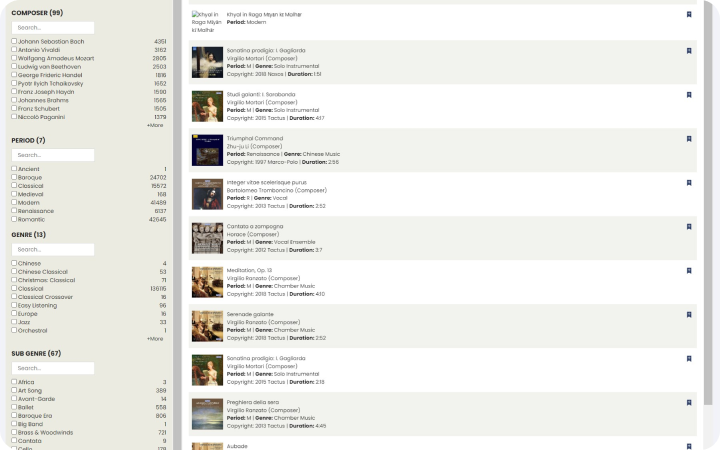
Conclusion
In conclusion, music technology offers endless possibilities for enhancing the online music classroom and empowering teachers and students to explore, create, and connect through music. By incorporating these examples of music technology into their teaching practices, music educators can inspire and engage students in meaningful musical experiences, fostering creativity, collaboration, and lifelong learning in the digital age.
Top Blogs
Related Success Stories




